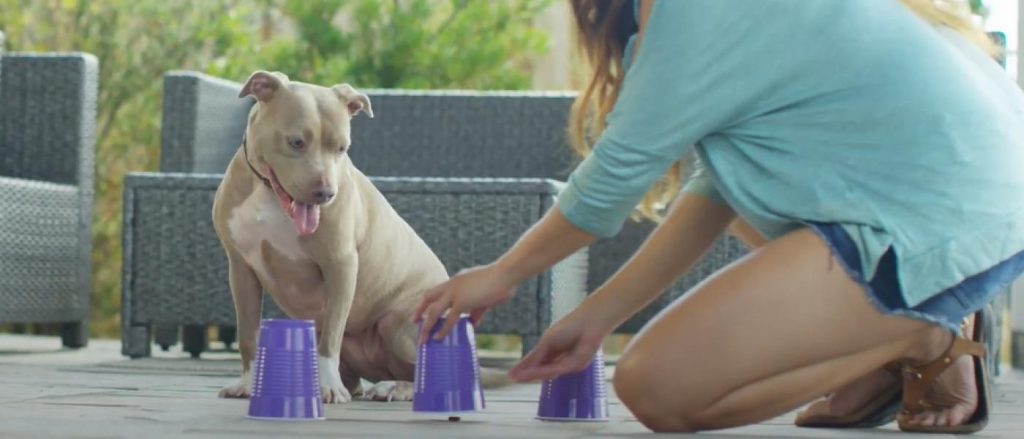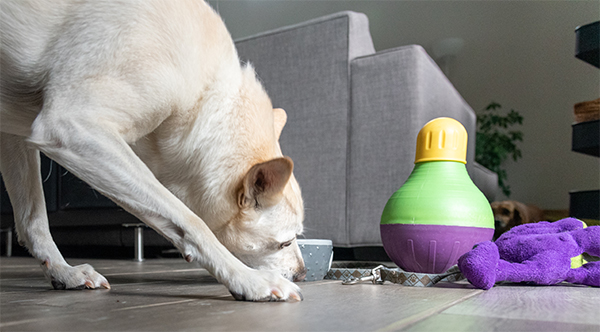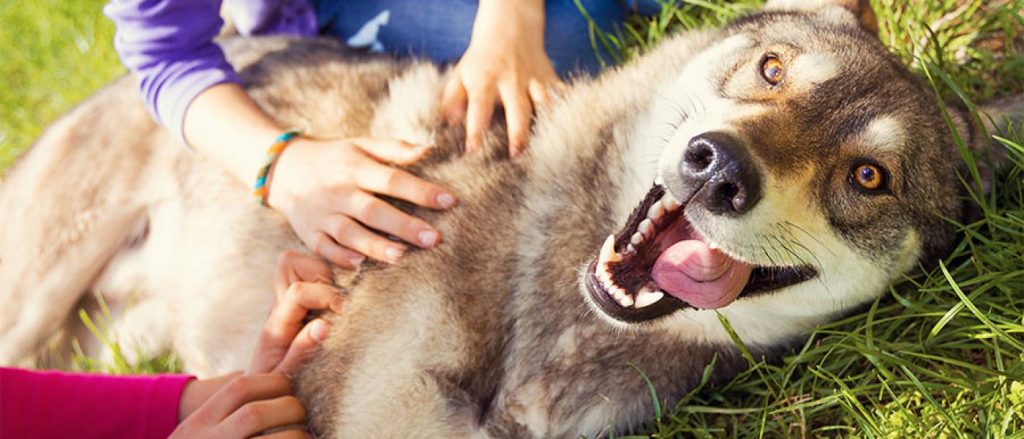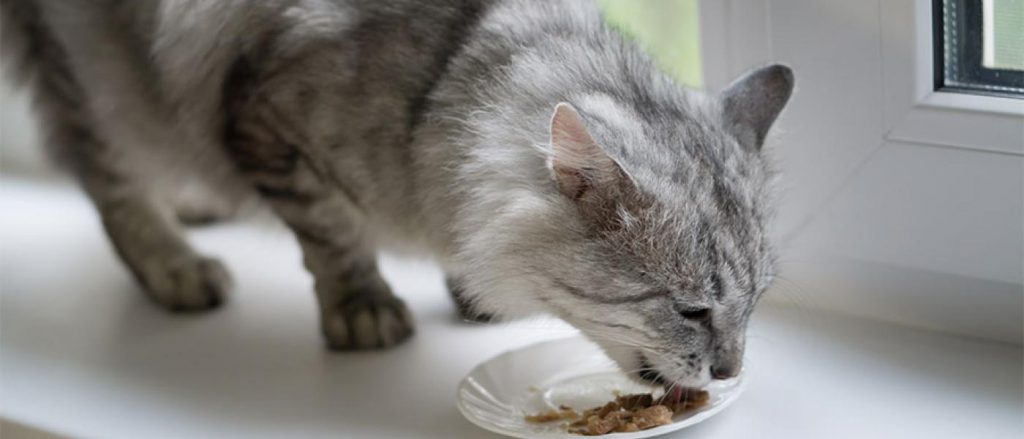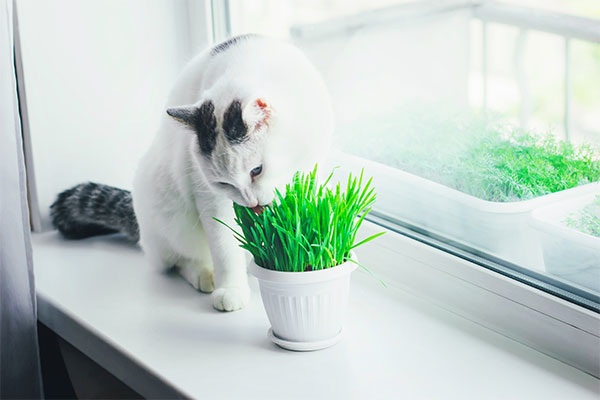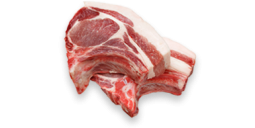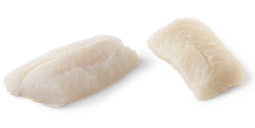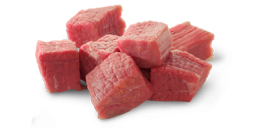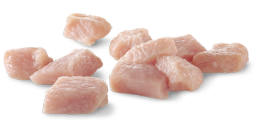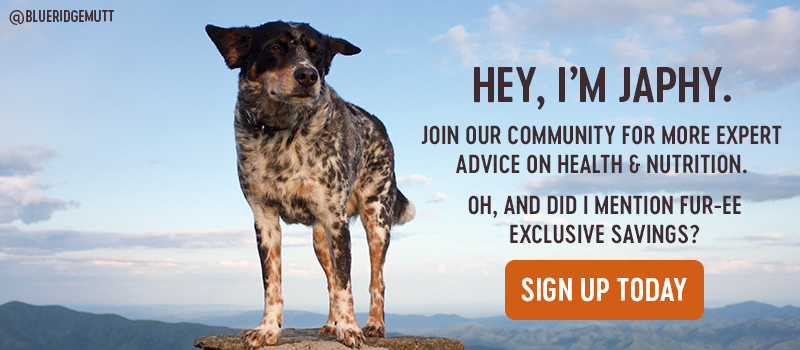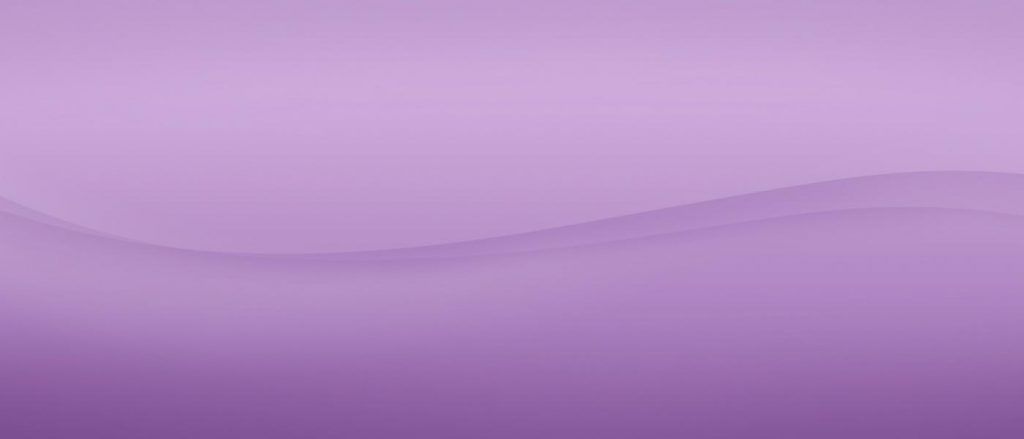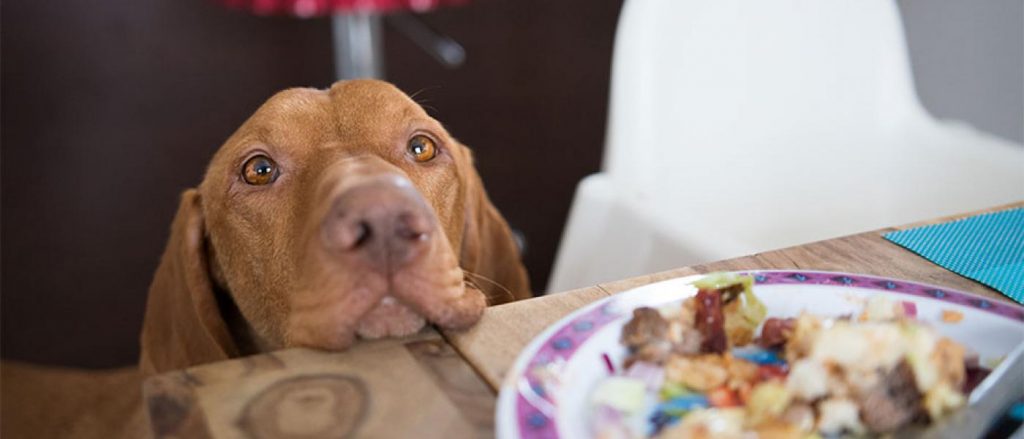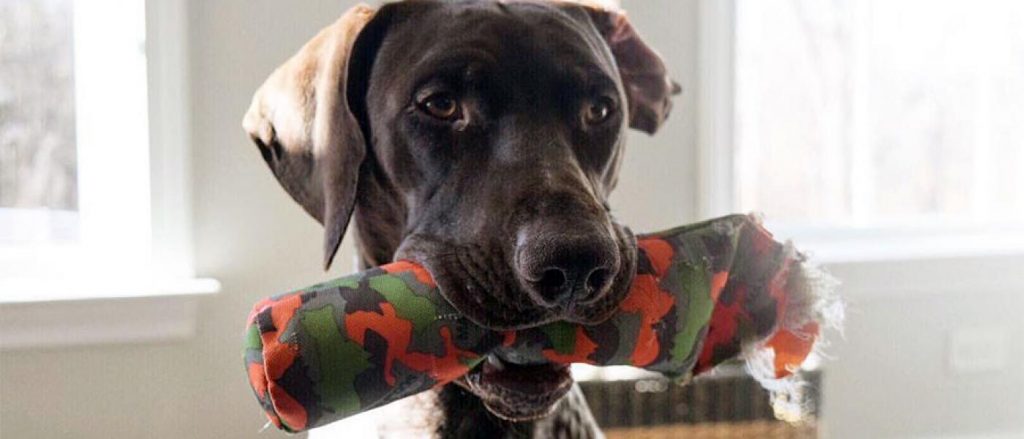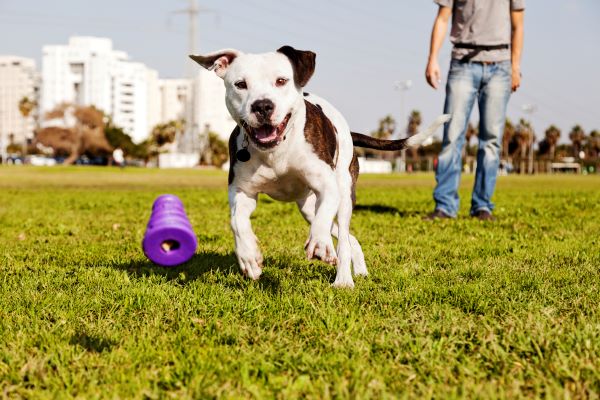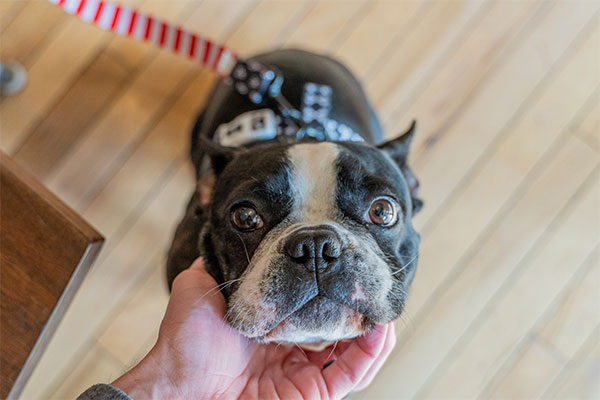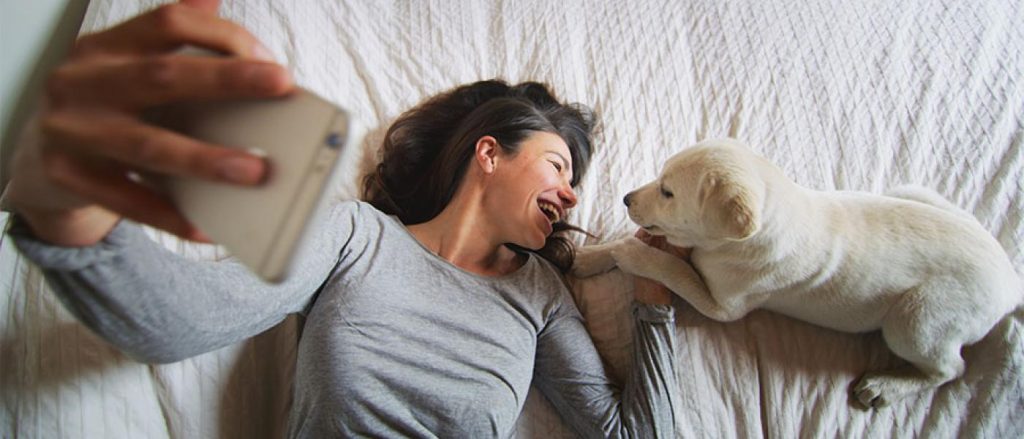
We are living in some wild times. 2020 has brought us waves of confusion and uncertainty, but there is always a silver lining to be found. Now that most of us are home, we are spending some much-needed time with our pets. Because we have limited means to go out and interact with the world, we are starting to get creative in our homes.
In the last month, there has been a surge of pet videos filling the internet, everything from animal fails to pet-loving Tik Tok videos…plus loads of cozy animal snuggle pictures. While we can’t interact with others in person, we can interact with the world through our pet videos. Animal videos bring joy to all, but when it comes to quarantining, some of our furry friends are bringing the funny to a whole new level. With pet owners stuck in the house, there is no place for pets to hide. Everything is caught on video, including a lot whole of pet owner boredom. Here are 15 pet videos to brighten your day!
1. As the Wheel Turns
Everyone is trying at-home workouts during the pandemic, but it seems this one got away from our furry cat friend. Doing laps on her wheel, it seems the wheel got away from Arya, but hey, we’ll give her a 9.5 for that landing.2. The Ultimate Obstacle Course
It is the ultimate animal battle: cats versus dogs. But only one can be the quarantine champion. These owners pin their furry feline against a pack of dogs to see who has more grace, agility, and class in a hallway obstacle course. The real question is, who is having more fun—the pets or the owners?
3. Mario Kart Mastery
Any Nintendo fans out there? This quarantined pet owner gets creative when they simulate a Mario Kart racing video game with their pup using treats as motivation. Even though we don’t see the end of the race, it’s clear the pup won!
4. Just Passing the Time…
With owners at home, pets have no privacy during the day like they used to. They don’t have their “me” time to wander and sniff and sleep. It means everything they do is in the public eye. This poor pup got caught attacking his own tail, but man, is it funny to watch!
quarantine : day 25
— Humor And Animals (@humorandanimals) March 31, 2020
(laylathechocolab IG)
(? @arielletgold ) pic.twitter.com/8lpYr1Upwu5. Pup Poker Night
Do you live alone? Are struggling to find ways to pass the time? This issue is a problem no longer if you have a pup in the house. Just teach your furry friend some card games and let the fun begin!
Yesterday pic.twitter.com/ct0y6FcgL9
— Chile Dog (@TheRealChileDog) March 24, 20206. Cranky Cats
We know dogs are happy about the stay-at-home orders. They love attention, walks, and a good belly rub, but cat owners know their temperamental fur babies need some time to warm up to the idea. This feline friend is doing their best to adjust to work-from-home parents.
Mood changer??#cats #cat #catsofinstagram #CatsOfTwitter #Caturday #CatsOfTheQuarantine pic.twitter.com/0m3wZe1dzg
— CAT’S HEAVEN (@CATHEAVEN11) April 22, 20207. Dog Days of Quarantine
We may be missing our friends, but so are our pups! They want to party at the dog park and sniff some furry friends on their daily walks. Day 17494 of quarantine has us all a little down, but hey, at least they have each other.
8. Man’s Best Friend
It’s clear from internet feedback: dogs are the only beings on this planet loving quarantine life. They truly are a man’s best friend, and they want to follow our lead. Literally.
9. Fitness Fails
Speaking of man’s best friend, while dogs bring joy to our lives, sometimes, they can’t read the room…but hey, who doesn’t love a workout buddy? Except when they physically prevent you from actually working out.
10. It’s Super Dog to the Rescue!
Maybe we aren’t giving our pets as much credit as we should. Since we can’t leave the house, maybe they can help us out! This brave pup goes on a journey to the store to get his owner everything he needs while following all the proper safety protocols.
11. The T.P. Challenge
We know you have a closet stocked full of TP. What better way to pass the time than training your pet for the next Pet Olympics using your stash? Get started with this simple at home trick! Line up the TP, pick a classic tune, and keep the camera rolling.
12. Duck Songs
Our pets have more talent than you may think. It’s all about support. Check out this duck strumming a tune for their owners on Easter Sunday!
13. DIY Pet Games
Running out of ways to entertain your dogs (and yourself)? All you need is a cardboard box, some carrots, and wah-la! You have your very own pup carnival game which promises to keep everyone entertained for hours on end.
14. Cat Fashion Shows
Most of us are living the pajama life indefinitely. If you are looking to spice things up in quarantine, throw a cat fashion show! Dress your cat in different outfits or work with your friends to create a compilation. These cats are rocking the runway from personality to paws!
A little something to make you smile today! Cat fashion runway show 2020 ? #PalmFreeCouncil #cats #animallover #funnycats #funnycatvideos pic.twitter.com/Wz7YRq8meM
— Palm Free Council (@palmfreecouncil) March 24, 202015. The Tic Tac Toe Showdown
Finally, what could be the newest trend in stay-at-home pet ownership is playing tic tac toe with your pet. Don’t let lack of communication stop you. Grab and pen and let the fun begin, just like these creative pet owners in this finale compilation video. Enjoy!






